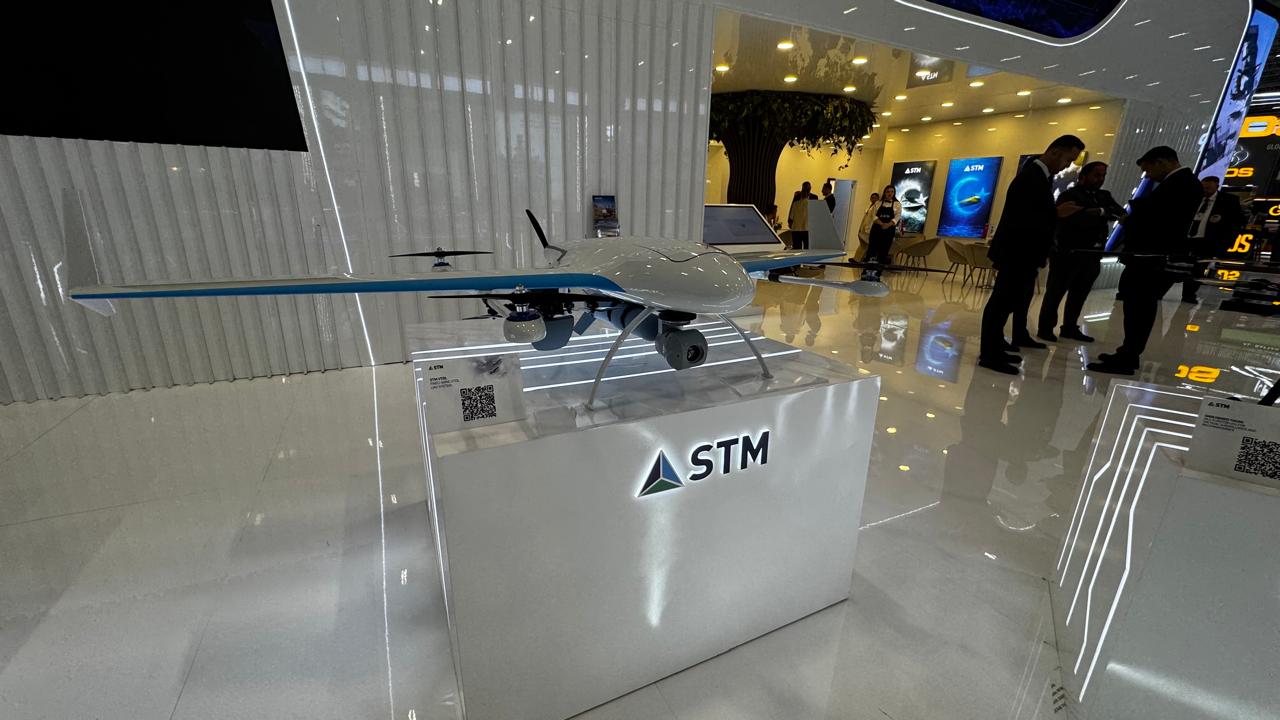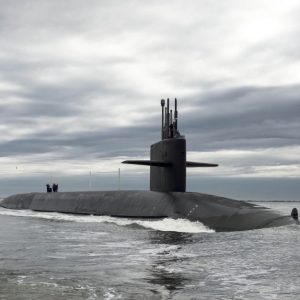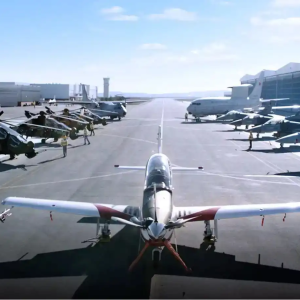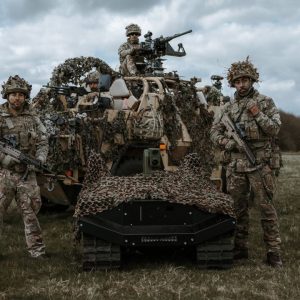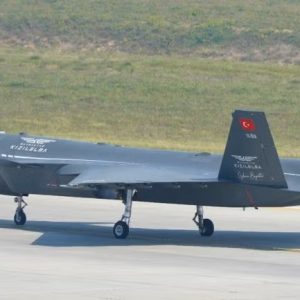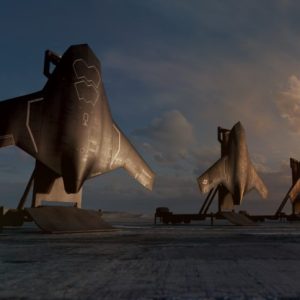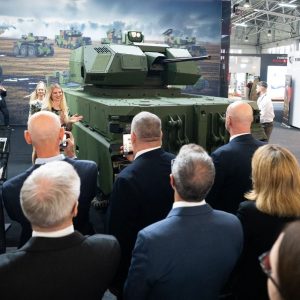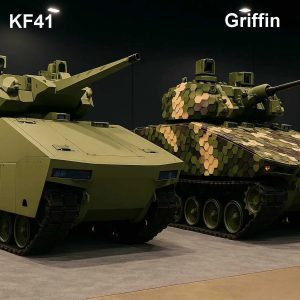IDEF 2025 Unveils Next-Gen Unmanned Systems, Radar & EV Tech
Türkiye’s leading defense exhibition, IDEF 2025, opened in Istanbul with a powerful display of strategic innovation across unmanned systems, radar technologies, and electric mobility. As global defense priorities shift toward sustainability, autonomy, and digital integration, the technologies revealed on Day 1 of the expo underscore Türkiye’s ambition to become a top-tier NATO contributor and exporter of advanced defense solutions.
Revolution in Unmanned Capabilities: Air, Land, and Sea
The first day saw a wave of announcements in unmanned systems. Baykar’s new vertical takeoff and landing (VTOL) combat drone drew major attention for its modular payload structure and AI-assisted swarm algorithms. TUSAŞ unveiled enhancements to the ANKA-3 stealth UAV platform, including reduced radar cross-section and advanced EW countermeasures.
On the ground domain, FNSS demonstrated its unmanned ground combat vehicle (UGCV) prototype equipped with remote weapons stations, autonomous navigation, and cross-terrain adaptive suspension. Naval Technologies Inc. showcased a surface unmanned vessel designed for littoral ISR and mine detection—highlighting Türkiye’s expanding reach in multi-domain unmanned warfare.
Next-Generation Radar: Battle-Proven and Digitally Enhanced
Radar advancements were led by ASELSAN’s unveiling of an enhanced S-band AESA radar suite, purpose-built for multi-theater battlefield management. It integrates with Türkiye’s national combat cloud architecture, allowing real-time data fusion with UAVs, satellites, and EW platforms. The radar system’s smart signal discrimination and cross-border tracking capabilities were described as a leap forward in NATO-compatible situational awareness.
HAVELSAN introduced radar-C2 integration software optimized for mobile platforms and joint operations. Its core architecture supports NATO’s Federated Mission Networking (FMN) requirements, ensuring compatibility for future coalition missions.
Electrifying the Battlefield: Sustainable Military Mobility
IDEF 2025 also marked a major milestone in Türkiye’s military energy transformation. Otokar’s electric APC prototype, developed with lithium-iron phosphate (LFP) battery packs, promises over 300 km of range with modular hybrid options. Its acoustic stealth and thermal signature suppression make it ideal for urban warfare and reconnaissance roles.
BMC’s newly announced e-MRAP integrates solar-assisted charging systems and regenerative braking technologies. This vehicle is positioned as a strategic mobility asset for asymmetric and prolonged missions, where fuel logistics pose critical constraints.
Strategic Implications for NATO and Regional Deterrence
Türkiye’s exhibition lineup reflects a focused effort to meet NATO’s future capability priorities: resilient logistics, unmanned lethality, and electromagnetic spectrum dominance. As NATO moves towards a 5% GDP defence investment model by 2035, Türkiye’s early technological leadership bolsters alliance readiness while strengthening Türkiye’s defense export footprint across Eurasia and Africa.
Moreover, the integration of indigenously developed systems into alliance frameworks signals Türkiye’s determination to shape NATO’s evolving capability ecosystem—not just follow it. This shift from recipient to contributor role reinforces the country’s strategic trajectory within both the alliance and the global defense market.

Türkiye’s IDEF 2025 display of unmanned ground vehicles and electric combat platforms with advanced radar systems.

